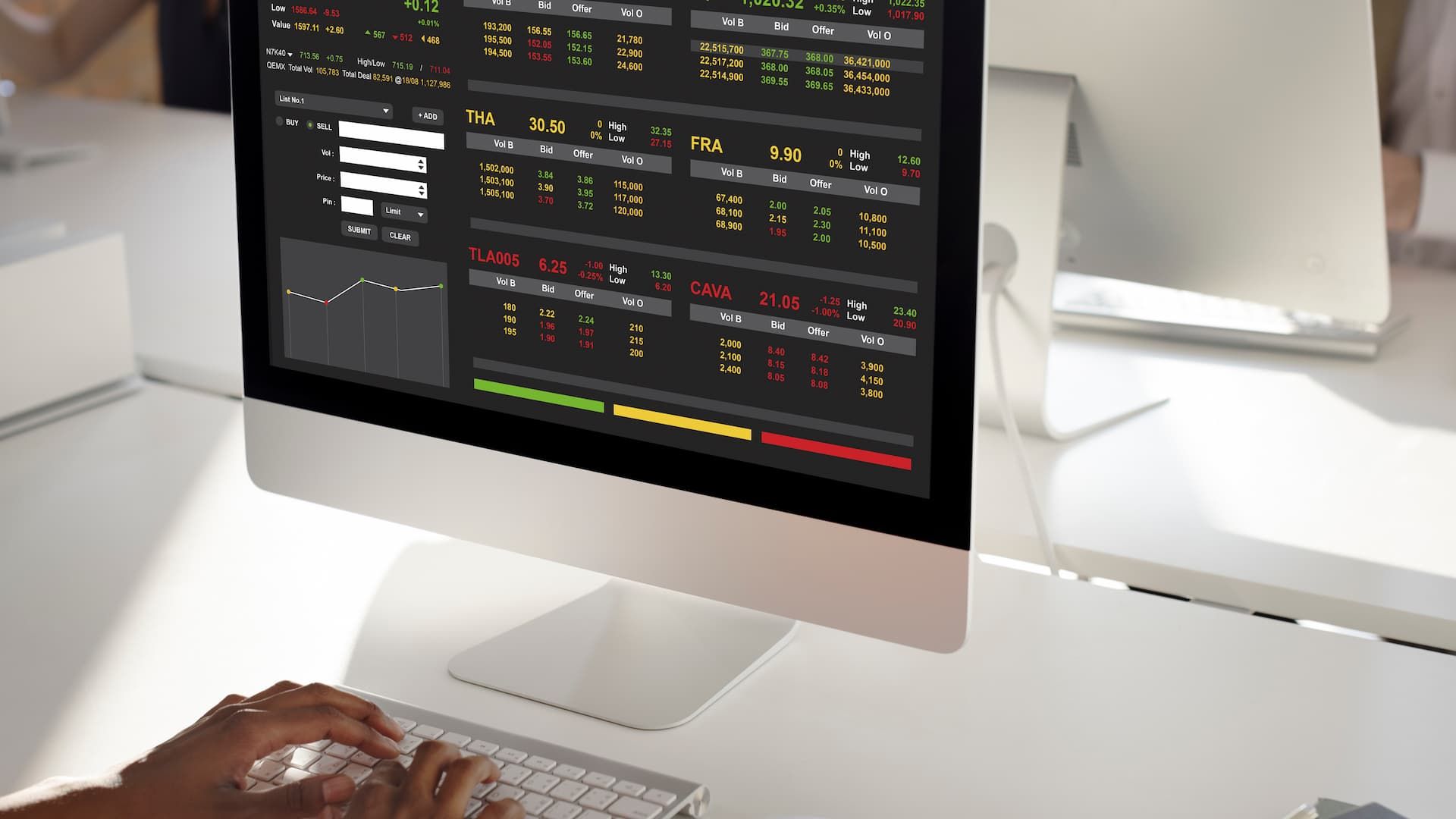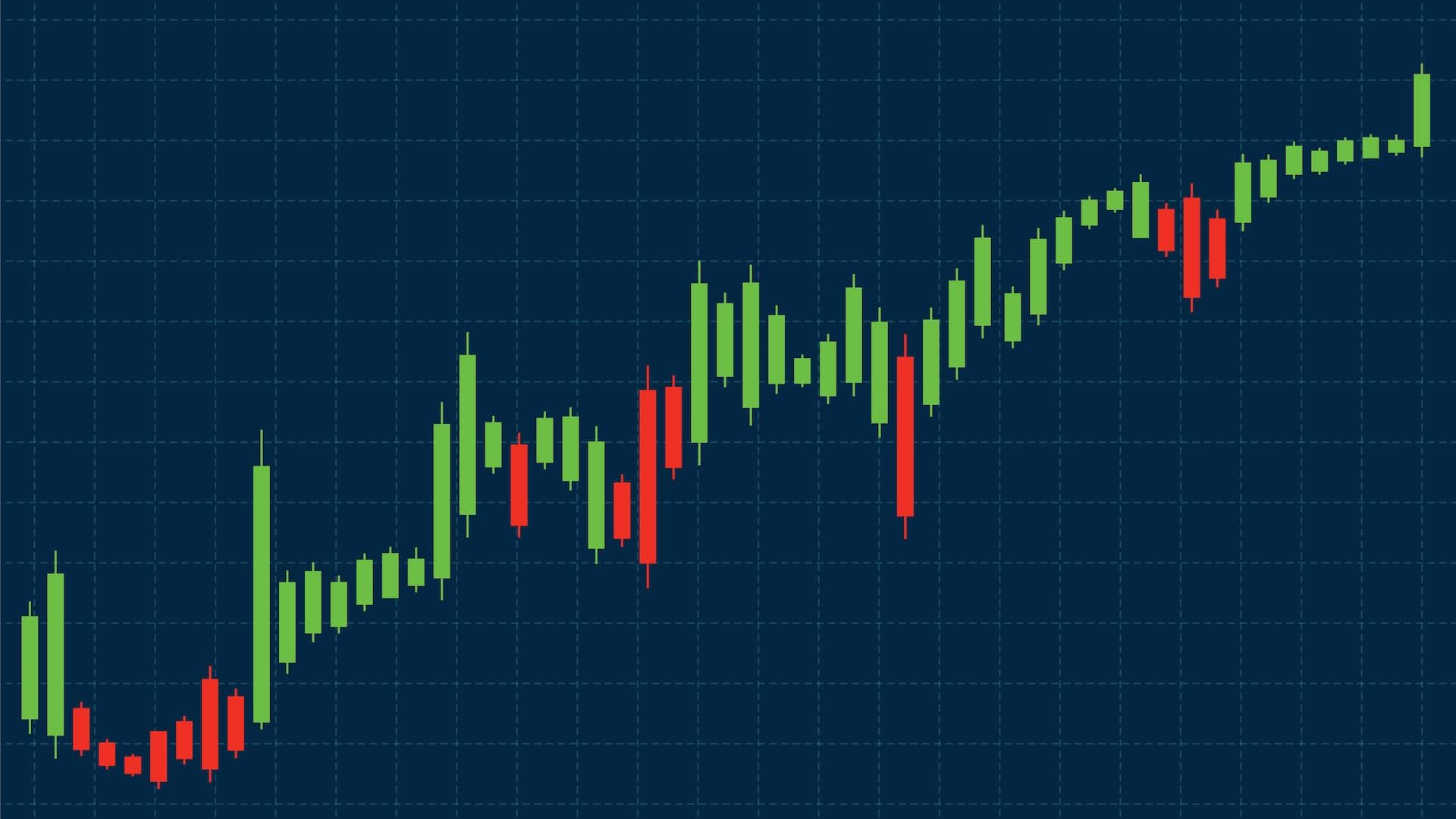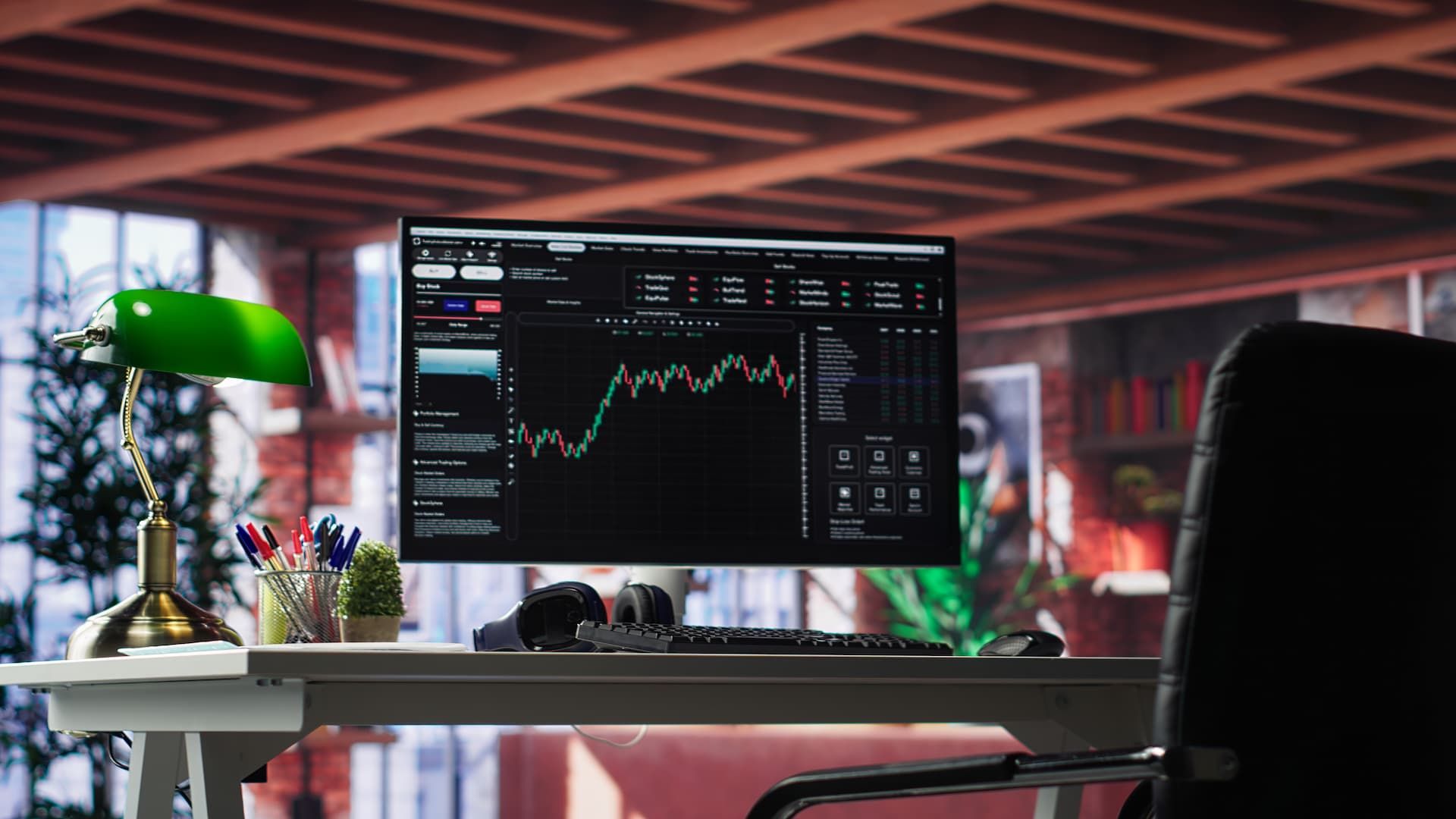Financial markets react quickly to information, and news often acts as the trigger for major price movement. Whether it’s breaking news, earnings reports, or macroeconomic data, these signals shape trading strategies and influence how investors allocate capital. In times of uncertainty, even bad news can spark strong market dynamics, increasing investor fear and changing the direction of trends.
Why News Matters in the Stock Market
The stock market is highly sensitive to information flow. Corporate results, government policies, or geopolitical events can directly affect a company’s stock price. For example, unexpected earnings or positive surprises usually create buying pressure, while scandals or bad news can trigger immediate sell-offs. Traders rely on both fundamental analysis and trading decisions guided by headlines to navigate these changes.
The Link Between News and Stock Prices
Every piece of news has the potential to influence price action. Strong demand often drives price moves upward, while weak results or negative updates push stock prices lower. For this reason, traders keep a close eye on corporate communications and global reports. The challenge lies in distinguishing between temporary noise and true signals that shape long-term market risk.
Market Sentiment as a Driving Force
News is not only about facts it also affects market sentiment. Announcements that trigger increased uncertainty can amplify volatility, as traders and institutions adjust their positions. Fear-driven selling is often tracked by the fear index, while confidence returns with good news. Understanding these shifts helps traders predict how financial markets will react and align their strategies with the prevailing mood.
Understanding Market Volatility
Volatility is the reflection of how strongly the market reacts to incoming information. Both expected volatility and implied volatility rise sharply in uncertain times, showing that investors anticipate turbulence. For traders, this creates opportunities but also highlights the need for careful trading strategies and controlled exposure to market risk.
How Breaking News Creates Price Movement
A single piece of breaking news such as central bank decisions, natural disasters, or major corporate deals can set off rapid price moves. These events change the balance of supply and demand, forcing trading decisions in real time. Sudden market shifts caused by news often provide entry points for short-term traders, but they also increase risk for longer-term investors.
The Role of the Volatility Index (VIX Values)
The VIX values, often referred to as the "fear gauge," measure how much investor fear exists in the market. Rising values indicate expected volatility, often driven by bad news or market downturns. Falling values show stability and lower market risk. Traders use the VIX alongside other technical indicators to anticipate market moves and adjust strategies accordingly.
Types of News That Influence the Markets
Not all news has the same influence on financial markets. Some announcements cause immediate reactions, while others shape long-term investments and investor sentiment. Data releases, corporate earnings, or global announcement headlines can trigger strong market shifts, leading traders to quickly adjust positions. Understanding which types of news move prices helps traders predict outcomes and prepare their trades.
Bad News vs. Positive News: Different Impacts
Bad news often sparks panic selling as investors rush to sell assets, while positive news can make stock prices rise. For example, weak earnings may push shares down, whereas a strong report can attract buyers and boost investing activity. Markets can remain volatile as they digest unexpected results, creating short-term opportunities for active traders.
Policy Changes and Their Market Reactions
When governments introduce new regulations, interest rate shifts, or fiscal policies, investors quickly reassess their portfolios. These policy changes often influence entire industries, affecting both investments and corporate earnings. Traders who can expect these moves in advance have an advantage, while others may face pressure to sell or adjust their strategies.
Global Events That Shift Market Conditions
Major global events such as wars, natural disasters, or geopolitical tensions represent turning points for the world economy. They can disrupt supply, change the flow of money, and create highly volatile conditions. Such events not only affect investors but also force governments and corporations to adapt quickly. These shocks are traded across futures and equity markets, magnifying their reach.
Trading Strategies Around News and Events
News-driven trading requires discipline and a clear trading strategy. Since market dynamics can change instantly, investors must be ready to adjust positions based on data and announcement flows. By combining news analysis with technical signals, traders can align investments with both short-term momentum and long-term portfolio goals.
Short-Term Moves in Stock Prices
Short-term traders focus on intraday price moves triggered by earnings or unexpected announcements. Quick sell or buy trades are common as prices react to new data. These moves are often sharp but temporary, so traders must act fast to lock in gains before the market stabilizes.
Adapting Trading Strategies to Market Volatility
During volatile periods, traders refine their trading strategies to minimize risk. For example, limiting exposure after bad news can protect against steep losses, while strong earnings can encourage adding to positions. Investors who monitor market trends closely are better equipped to adapt as conditions change.
Using Market Sentiment in Decision Making
Market sentiment plays a central role in how news affects prices. Positive influence from good results may attract more buyers, while fear-driven announcements can cause investors to sell. Smart traders combine sentiment with data analysis to predict whether a move is sustainable or simply a short-term reaction.
Long-Term Effects of News on the Stock Market
While short-term reactions to headlines are often sharp, the long-term market impact comes from structural changes in supply and demand. Major policy decisions, global conflicts, or technological shifts can reshape entire markets. Unlike temporary volatility, these effects alter the underlying balance of price expectations, influencing traders and investors for years.
Lasting Shifts in Market Trends
Certain types of news leave a permanent mark on market trends. For instance, an energy crisis may cause prices in related sectors to climb for decades, while breakthroughs in tech can push new industries forward. These markets evolve beyond short-term swings, as supply and demand adjusts to reflect new realities. Traders who recognize these transitions early can better position themselves for sustainable growth.
How Traders Manage Risk in a News-Driven Market
Managing risk in a constantly changing market requires a balance between short-term action and long-term vision. News-driven price fluctuations can distort options prices, but the fundamentals of supply and demand always resurface. Experienced traders diversify across markets to reduce exposure, and some may even use instruments like VIX options to hedge against volatility. This disciplined approach allows them to adapt while still protecting long-term goals.












